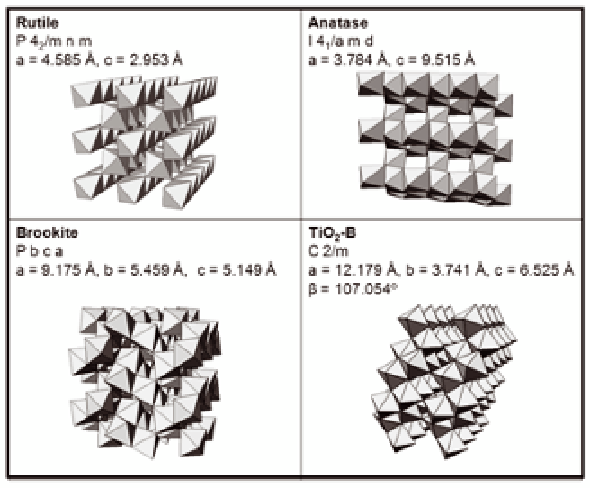Biomedical Engineering Reference
In-Depth Information
as the active material. Otherwise, the electron transport may remain
limited. For this purpose, nanocomposited materials in which the
electron-conductive material is included at the nanoscale are being
developed. Particularly, it has been reported the beneficial effect of
the addition of small amounts of silica or RuO
2
for improving the
rate performance anatase TiO
nanotubes [79]. Also, nanosized TiO
2
2
and carbon nanotubes were composited to prepared electrodes
delivering a reversible capacity of 168 mAh g
at the first cycle
which remained almost constant during long-term cycling [80].
An alternative approach is constituted by electrochemical
induced self-organization promoted by a controlled anodic oxidation
of a titanium substrate. Synthesis of these titania nanotubes and
its application to lithium ion batteries are described in this work,
which constitute the main part. The well-aligned tubes are expected
to facilitate both electrode/electrolyte contact, and electron and
lithium-ion transport. Moreover, the morphological parameters such
as length, diameter, and wall thickness are easily tailored by tuning
the synthesis conditions. Besides, the high packing density and long
tube length provide a high storage capacity, which is described in
following section.
−1
Figure 5.11
Examples of some structures of the natural mineral: rutile,
anatase, brookite, and TiO
2
-B.









Search WWH ::

Custom Search